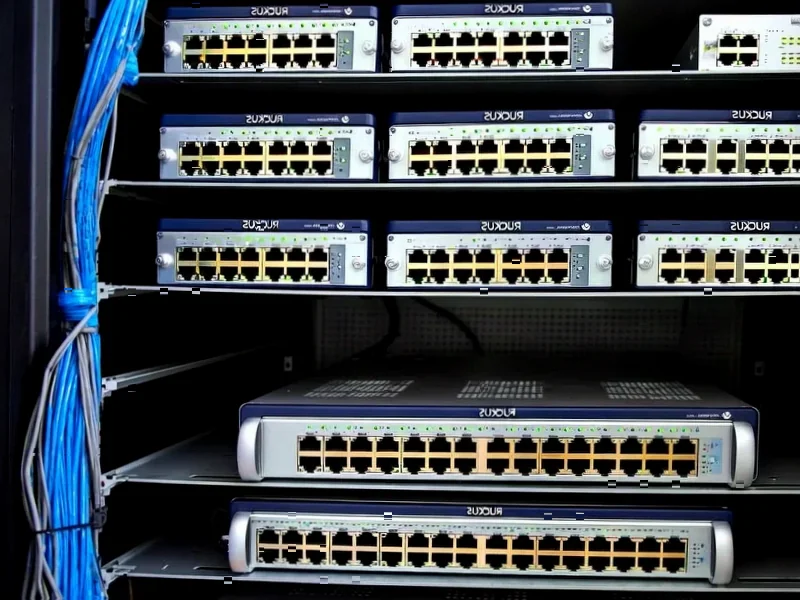According to Fortune, Titan Holdings founder Ritankar Das has launched Tala Health with a $100 million seed round led by Miami-based Sofreh Capital, with participation from former Merck CEO Dr. P. Roy Vagelos. Das, a former Cambridge AI PhD student who dropped out to build his AI-focused holding company, argues that the holding company model pioneered by John D. Rockefeller in the 1800s and perfected by Warren Buffett’s Berkshire Hathaway is ideally suited for the AI era. Titan Holdings operates five companies including Tala Health, which focuses on building agentic AI platforms for healthcare and has contracts with three major U.S. health insurers for a 2025 rollout. The holding company is entirely funded by exits rather than outside investors, with previous successes including Dascena’s 2022 acquisition and Forta Health’s $55 million Series A earlier this year. This substantial funding for an AI healthcare venture through a holding company structure signals a potential shift in how technology ventures are organized and funded.
Why the 19th Century Model Fits 21st Century AI
The holding company structure offers distinct advantages for AI development that traditional venture capital or standalone startups struggle to match. Unlike venture funds with limited partners demanding rapid returns, holding companies can take a long-term perspective that aligns perfectly with AI’s development timeline. More importantly, they enable cross-pollination of insights across domains – exactly what Das highlighted with Tesla’s manufacturing experience benefiting xAI’s data centers. In AI, breakthroughs in one domain often translate to others, and a holding company structure facilitates this knowledge transfer without the friction of separate corporate entities negotiating IP sharing or talent mobility.
The Unseen Competitive Advantage: AI Knowledge Transfer
What makes this model particularly powerful for AI is the nature of machine learning itself. Unlike traditional software where expertise is largely domain-specific, AI capabilities are increasingly transferable across industries. An AI model trained on healthcare data might develop pattern recognition capabilities applicable to financial fraud detection. A natural language processing breakthrough in customer service could revolutionize medical diagnosis. The holding company structure creates what I call “AI synergy arbitrage” – the ability to systematically identify and exploit these cross-domain AI capability transfers that standalone companies would miss entirely. This represents a structural advantage that could become increasingly valuable as AI matures.
The Regulatory Ghost of Standard Oil
Das’s reference to Rockefeller’s Standard Oil being broken up in 1911 isn’t just historical trivia – it’s a real risk that modern AI holding companies must navigate. As these entities grow and consolidate AI capabilities across multiple industries, they’ll inevitably attract regulatory scrutiny. The concern won’t be about controlling oil production like Rockefeller’s era, but about controlling foundational AI models and data that could create anti-competitive advantages across sectors. Regulators are already watching Big Tech’s AI dominance, and holding companies that successfully integrate AI across healthcare, finance, and other critical industries will need sophisticated regulatory strategies from day one.
The Coming Wave of AI Conglomerates
I predict we’ll see more AI-focused holding companies emerge in the next 2-3 years, particularly as current AI startups mature and look for structural advantages beyond pure venture funding. The model offers something unique: permanent capital for long-term AI research combined with operational flexibility to spin up new ventures as opportunities emerge. This could become especially attractive as the AI market consolidates and the limitations of the traditional venture model become more apparent. We may be witnessing the early stages of a fundamental restructuring of how technology companies are built – moving from the standalone startup model back toward the industrial conglomerate approach, but optimized for the unique characteristics of artificial intelligence.




